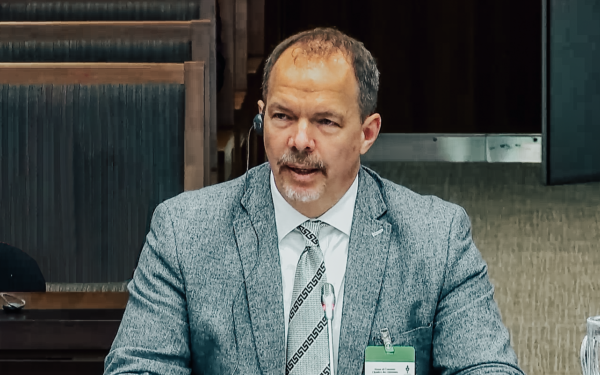ICANN58, held in Copenhagen in March, connected global Internet policy and technical experts for the second ICANN meeting since the IANA transition came into effect last October. It was a refreshing change of pace from the hectic time preceding the transition and there was a renewed sense of community.
ICANN58, held in Copenhagen in March, connected global Internet policy and technical experts for the second ICANN meeting since the IANA transition came into effect last October. It was a refreshing change of pace from the hectic time preceding the transition and there was a renewed sense of community.
A key post-transition feature was the establishment of the Customer Standing Committee (CSC), of which I am chair. The DNS world is dependent on IANA services yet there were previously no contractually agreed upon service level expectations or SLEs. Now we have a set of 63 individual metrics in eight areas such as technical checks and staff processing time for gTLDs. It is the CSC’s job to monitor performance against these metrics.
The CSC produces monthly reports but at ICANN58 we engaged directly with the broader community. Our sessions with the ICANN Board, the Governmental Advisory Committee (GAC), the Generic Names Supporting Organization (GNSO) and the Country Code Names Supporting Organisation (ccNSO) were particularly useful. This work helps ensure operational excellence and on-going accountability in our post-transition reality. The good news is that things are working the way they are supposed to.
The effectiveness of ccTLD community’s TLD-OPS committee is also positive. CIRA’s Chief Technology Officer Jacques Latour is one of the founders and driving forces behind TLD-OPS. This group of over 300 people oversees the operational security and stability of 187 ccTLDs. Recent large-scale attacks on the DNS highlight the need to mobilize our collective experience. To this end, the committee held a workshop in Copenhagen on this issue.
In addition to TLD-OPS, Jacques is part of ICANN’s Security and Stability Advisory Committee. This was his first face-to-face meeting with this group since his appointment to it last November.
ICANN58 provided an opportunity to build and strengthen partnerships. CIRA had a great contingent from our product team at ICANN58 and we announced two new partnerships for our Anycast service — .NZ and .PT. We’re hearing good things about CIRA’s registry services portfolio and how our technology adds value to the broader TLD ecosystem.
Passionate individuals are pouring countless hours and immense care into creating a safe and reliable internet worldwide. It is encouraging to see these efforts bear fruit and witness CIRA’s contribution to it.
Byron Holland (MBA, ICD.D) is the president and CEO of the Canadian Internet Registration Authority (CIRA), the national not-for-profit best known for managing the .CA domain and developing new cybersecurity, DNS, and registry services.
Byron is an expert in internet governance and a seasoned entrepreneur. Under Byron’s leadership, CIRA has become one of the leading ccTLDs in the world, with over 3 million domains under management. Over the past decade, he has represented CIRA internationally and held numerous leadership positions within ICANN. He currently sits on the Board of Directors for TORIX, and is a member of the nominations committee for ARIN. He lives in Ottawa with his wife, two sons, and their Australian shepherd, Marley.
The views expressed in this blog are Byron’s opinions on internet-related issues, and are not necessarily those of the organization.




